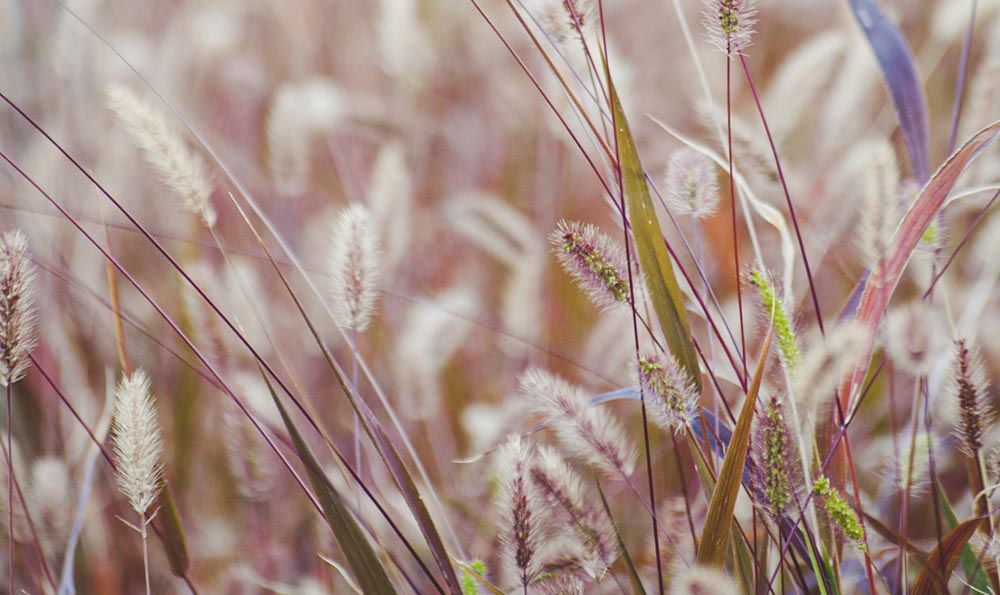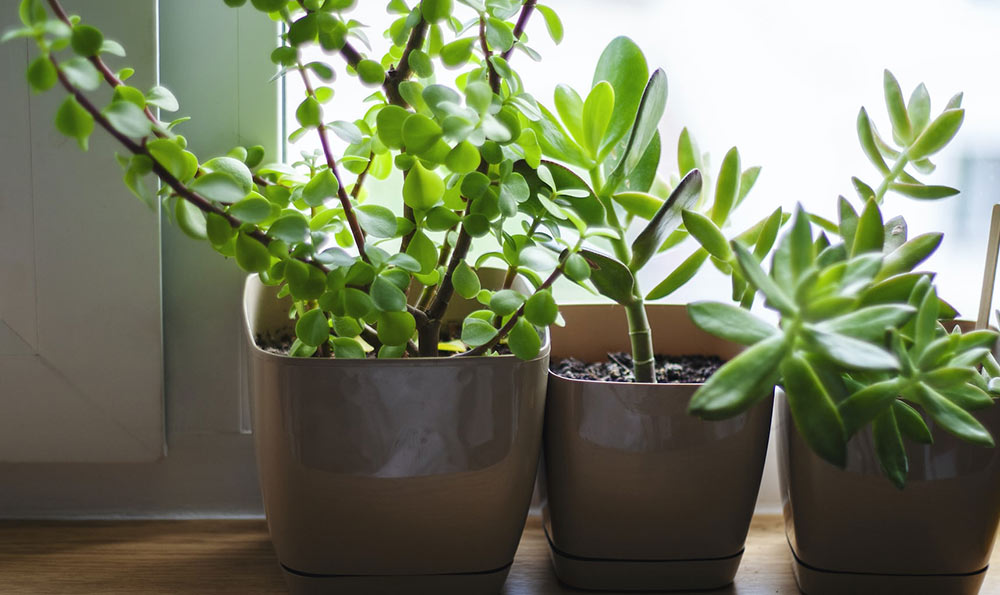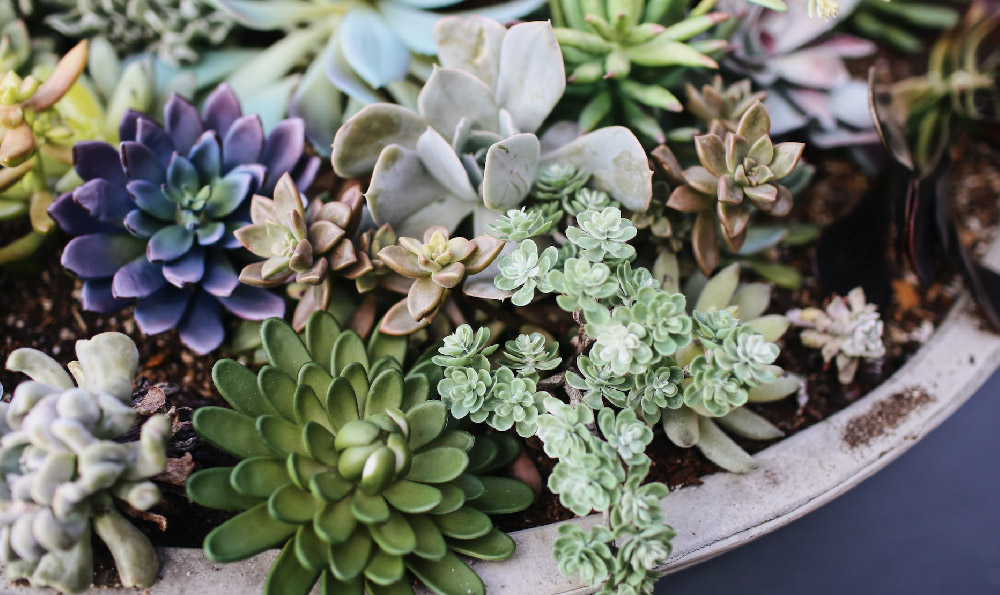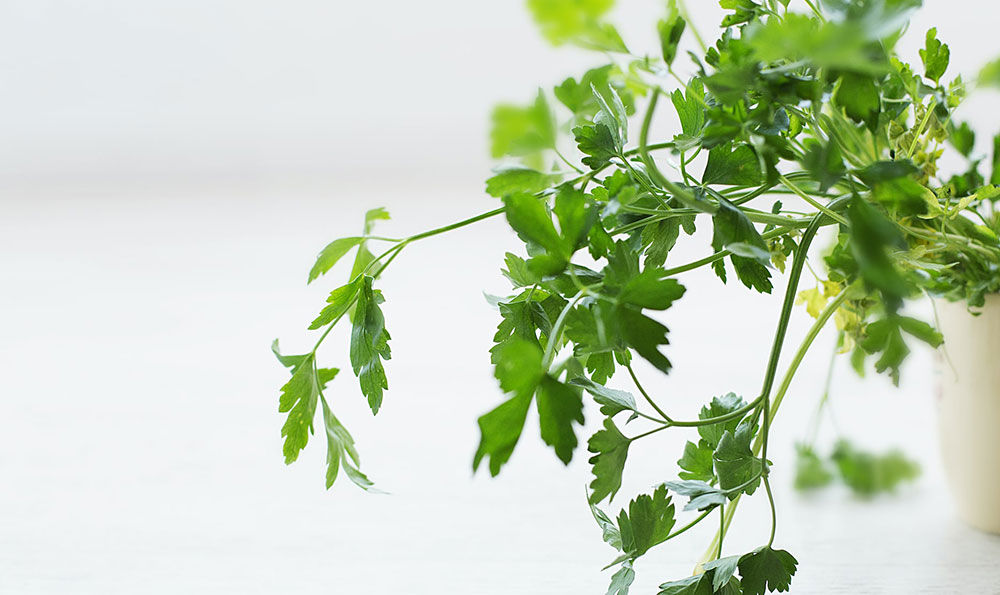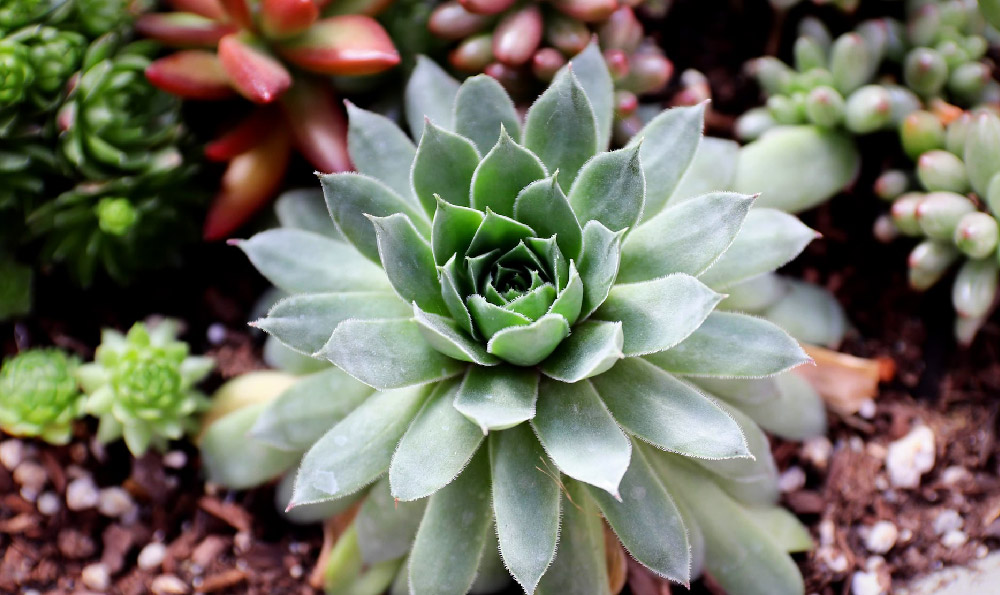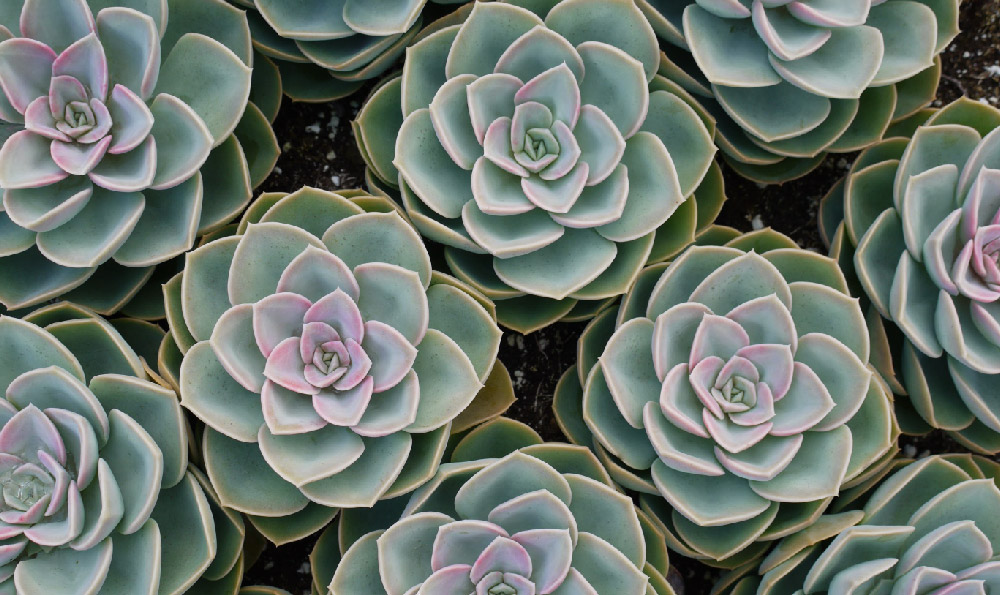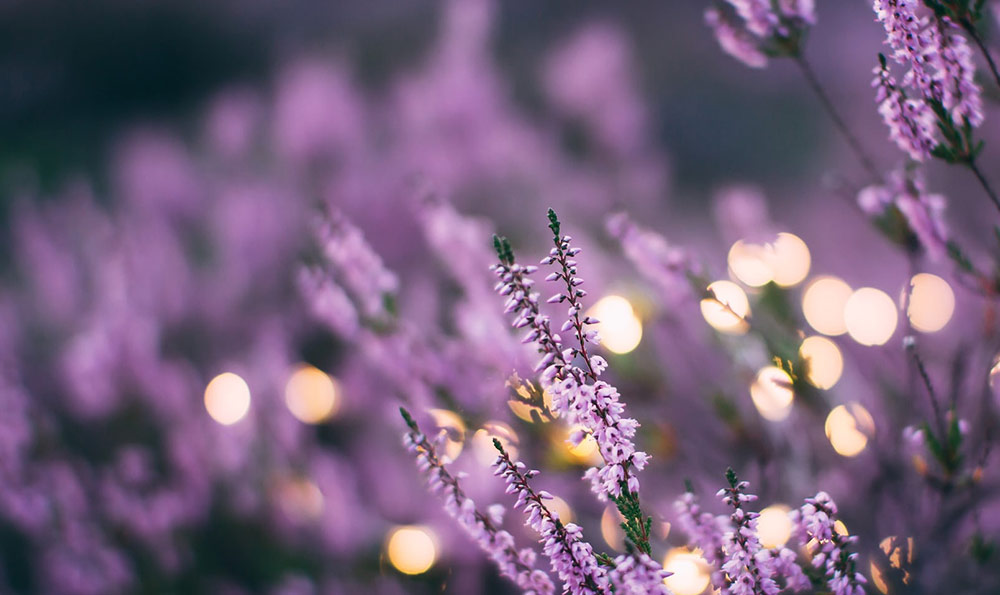让我们来关注一下白绿相间的叶子绿植,这些拥有引人注目的叶子色彩的植物对于我们来说是如此吸引人。无论是在室内还是室外,这些绿植都能给我们带来一种活跃而和谐的感觉。本文的目的是介绍白绿相间的叶子绿植在行业中的重要性和价值。
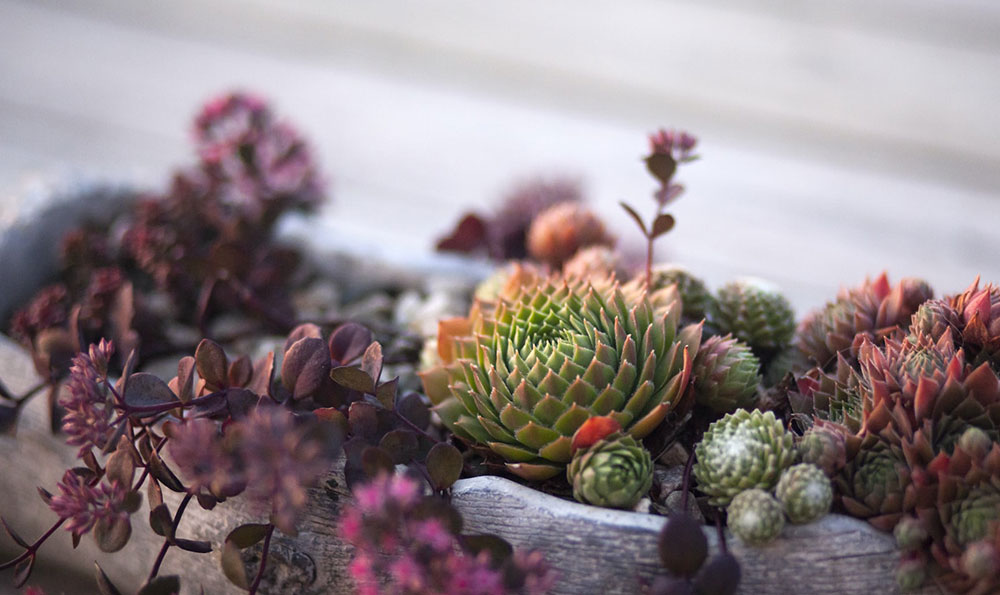
文章将主要分为三部分进行讲述。我们将探讨白绿相间的叶子绿植在室内和室外环境中的广泛应用。我们将深入了解这些绿植在人们生活中所起到的作用。我们将总结这些绿植的重要性并提出一些未来发展的建议。
在第一部分,我们将介绍白绿相间的叶子绿植在室内和室外环境中的广泛应用。这些美丽的植物不仅可以用来装饰室内空间,还可以用于园林景观设计和城市绿化。他们的叶子色彩不仅令人愉悦,而且能够改善空气质量并提供生态系统服务。
在第二部分中,我们将深入了解白绿相间的叶子绿植在人们生活中所起到的作用。这些植物通过吸收有害气体和释放氧气,有助于净化室内空气。研究还表明,接触自然环境和绿色植物可以减轻压力、增加专注力,并改善心理健康。
在第三部分中,我们将总结白绿相间的叶子绿植的重要性,并提出一些建议。这些绿植不仅具有装饰作用,还能改善室内环境和人们的生活质量。我们建议人们在家中、办公室或公共场所增加绿色植物,并提供相关的照护指南和装饰建议。
白绿相间的叶子绿植确实给我们带来了许多好处。无论是在美化环境、提高空气质量还是改善心理健康方面,它们都发挥着重要作用。相信通过我们的共同努力,未来白绿相间的叶子绿植将在行业中发挥更大的作用。
在你的生活中,你是否也体验到了白绿相间的叶子绿植所带来的美丽与好处呢?让我们一起行动,让这些绿植成为我们生活的一部分吧!
怎么才能使绿植叶子又绿又亮
绿植是人们在家居装饰中常用的一种元素,它可以增加室内空气质量,提供舒适的视觉享受。许多人在养护绿植时却遇到了一些困难,比如叶子变黄、变枯萎,失去了原本的绿色和亮度。怎样才能使绿植叶子又绿又亮呢?
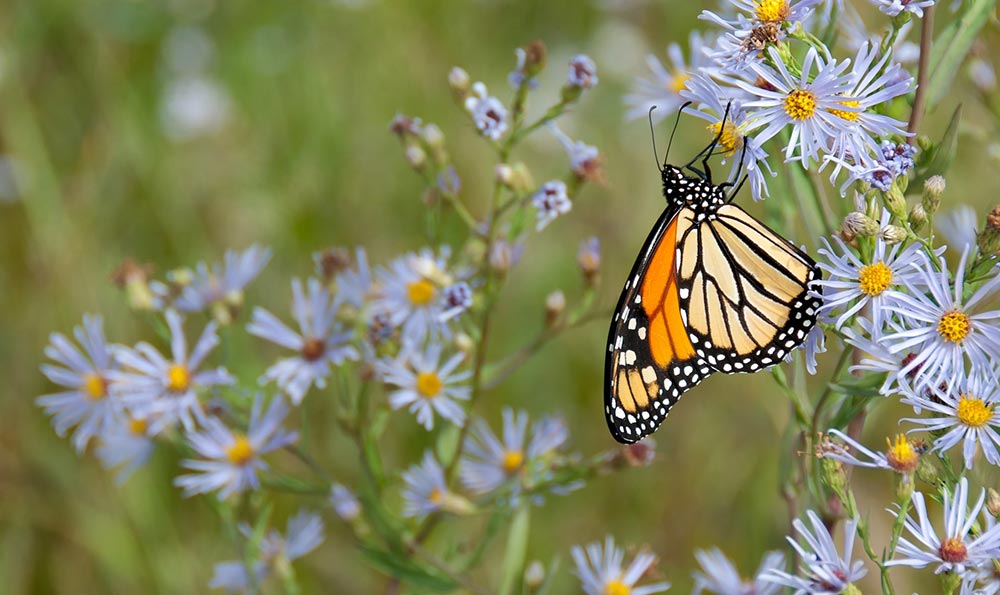
本文将从适宜的光照、水分和养分供给三个方面,为大家介绍如何改善绿植的叶子状态。
光照是绿植生长的关键因素之一。不同的绿植对光照的需求有所不同,有些需要充足的阳光照射,而有些则喜欢阴凉的环境。在放置绿植时,需要根据不同植物的需求选择合适的位置。定期给绿植适度的阳光照射,可以促进其进行光合作用,增加叶片的绿色素含量,使叶子更加绿亮。
水分是绿植生长不可或缺的因素。给植物浇水时,要注意掌握合适的水量和频次。不同种类的植物对水分的需求也有所不同,有些喜欢湿润的环境,而有些则更适合在干燥的条件下生长。在浇水时要根据植物的需求来决定浇水量和频次。要避免水浸泡在绿植的根部,以免引起病菌滋生,导致绿植受损。
养分供给是绿植保持绿色和亮度的关键。在绿植生长过程中,会消耗土壤中的养分,及时补充养分是非常重要的。可以通过施肥来给绿植提供养分,但是要注意选择适合植物的肥料,并遵循正确的施肥方法。定期给绿植清洗叶面,可以去除灰尘和杂质,让叶子更加光亮。
要使绿植叶子又绿又亮,需要注意光照、水分和养分供给。合适的光照可以增加叶片的绿色素含量;适度的水分可以让绿植保持健康生长;养分供给可以满足绿植的营养需求。通过合理的养护方法,我们可以让绿植焕发出绿色和亮度,为家居环境增添生机和美感。
为了让绿植叶子又绿又亮,我们需要更好地了解植物的需求,给予它们合适的环境和养护方式。我们才能欣赏到绿植的美丽,并享受到它们带来的好处。无论是养护自己的小盆栽还是规模更大的植物园,我们都应该关注绿植的健康和美观,共同创造一个绿色、清新的生活环境。
绿植叶子发白怎么回事

绿植是室内和室外装饰环境的常见选择,有时候我们可能会发现绿植的叶子开始变得发白。这种情况可能是由多种因素导致的,如营养不足、过浇水、疾病或害虫等。本文将系统地阐述绿植叶子发白的原因及相应的解决方法,以帮助读者更好地照料自己的绿植。
正文
一、营养不足
绿植的叶子发白可能是由于营养不足引起的。营养不足是指植物无法获得足够的养分来维持正常的生长和发育。常见的营养不足症状包括叶子发黄、叶尖枯黄等。针对此问题,可以通过给绿植施肥来提供所需养分。应选择合适的肥料类型,如叶面肥或根部肥,以满足绿植对氮、磷、钾等元素的需求。
二、过浇水
过度浇水是导致绿植叶子发白的另一个常见原因。过度浇水会导致根部缺氧和细根腐烂,从而影响植物的正常生长。如果绿植根部状况良好,但叶子发白,那么很可能是因为过浇水引起的。解决这个问题的方法是减少浇水频率和量,并确保土壤在浇水之间有足够的时间干燥。
三、疾病和害虫
绿植叶子发白也可能是由于疾病或害虫引起的。某些病原体和害虫会侵袭植物,破坏其正常的生长和光合作用过程,导致叶子发白和枯萎。为了解决这个问题,可以使用合适的农药来控制病虫害的扩散。定期检查绿植的叶子和茎部,及时发现并处理病虫害问题。
四、温度和光照
温度和光照条件不当也可能导致绿植叶子发白。一些绿植对温度和光照的要求比较严格,如果温度过高或过低,或者光照不足或过强,都会对绿植的生长造成不良影响。在这种情况下,应调整环境条件,确保绿植处于适宜的温度和光照环境中。
结尾
绿植叶子发白可能是由于营养不足、过浇水、疾病或害虫引起的。为了解决这个问题,我们应该注意给绿植提供足够的营养,避免过度浇水,及时处理病虫害问题,同时调整温度和光照条件。只有在充分了解绿植的生长需求并采取相应的措施后,我们才能保证绿植的健康生长,同时也能为室内和室外环境增添自然的美感。
What Causes Green Plant Leaves to Turn White?
Introduction
Green plants are a common choice for indoor and outdoor decoration. However, sometimes we may notice that the leaves of green plants begin to turn white. This situation can be caused by various factors, such as nutrient deficiency, overwatering, diseases, or pests. This article will provide a systematic explanation of the reasons for green plant leaves turning white and corresponding solutions, in order to help readers better take care of their green plants.
Body
1. Nutrient deficiency
White leaves on green plants may be caused by nutrient deficiency. Nutrient deficiency refers to the inability of plants to obtain sufficient nutrients to sustain normal growth and development. Common symptoms of nutrient deficiency include yellowing leaves and yellowing leaf tips. To address this issue, fertilization can be applied to provide the necessary nutrients. The appropriate type of fertilizer, such as foliar fertilizer or root fertilizer, should be selected to meet the plant's requirements for elements such as nitrogen, phosphorus, and potassium.
2. Overwatering
Overwatering is another common cause of green plant leaves turning white. Excessive watering can lead to root hypoxia and root rot, which affects normal plant growth. If the roots of green plants are in good condition but the leaves turn white, it is likely due to overwatering. The solution to this problem is to reduce the frequency and amount of watering, and ensure that the soil has sufficient time to dry between waterings.
3. Diseases and pests
White leaves on green plants can also be caused by diseases or pests. Certain pathogens and pests can invade plants, disrupting their normal growth and photosynthesis processes, resulting in white leaves and wilting. To address this issue, appropriate pesticides can be used to control the spread of diseases and pests. Regularly inspecting the leaves and stems of green plants and promptly identifying and treating pest and disease problems is also important.
4. Temperature and light
Improper temperature and light conditions can also cause green plant leaves to turn white. Some green plants have strict requirements for temperature and light. If the temperature is too high or too low, or the light is insufficient or too strong, it can adversely affect plant growth. In this case, adjusting the environmental conditions to ensure that the green plants are in suitable temperature and light environments is necessary.
Conclusion
In conclusion, white leaves on green plants can be caused by nutrient deficiency, overwatering, diseases, or pests. To address this issue, we should pay attention to providing sufficient nutrients to the plants, avoid overwatering, promptly deal with pest and disease problems, and adjust the temperature and light conditions. Only by fully understanding the growth requirements of green plants and taking appropriate measures can we ensure their healthy growth and add natural beauty to indoor and outdoor environments.

